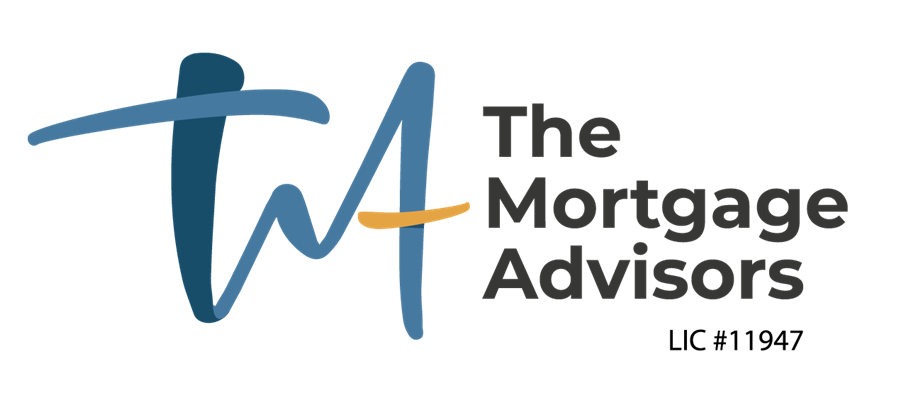
Nick Holloway
What’s this variable rate war between the big banks and what does it mean? Part 1 of 2
6/1/2018
By Nick Holloway
As some of you may have noticed in the media, a number of chartered banks in Canada are running a promotional rate on variable rate mortgages to 2.45%. This has resulted in a spread between the offered variable rate and fixed rate mortgages of around 1% which is an important distinction to make.
Why is this important?
We have to look back at the last ten years and know that we have experienced unprecedented times since the credit crunch and Lehman Brothers going bankrupt in 2008. The result of this turmoil for major central banks across the world has been to implement monetary policy levers, some of which have never been seen before in such a grand scale. The normal levers available are interest rates, the abnormal, if you will, is quantitative easing.
The lowering of interest rates provide the first lever for central banks as a way of increasing liquidity and to prop up economies in times of distress by lowering the cost of borrowing directly and encourage investment and spending. Once this firepower is used up (aside of negative interest rates but that is another topic entirely), the central banks have to find more accommodative ways to stimulate the economy, and the main way they achieved this is through quantitative easing, which is the method of central banks buying government debt (bonds) in massive quantities which drives up bond prices, and as bond yields have an inverse relationship to bond prices, the yields in the bond markets were lowered substantially as a result of the increased buying activity by the central banks. These actions have a similar simulative effect to the economy by lowering borrowing costs and providing increased liquidity to the financial markets.
What does this mean for my mortgage?
Well, there is an important distinction to make in regards to how the rate offered by a variable or fixed rate mortgage is derived. The variable rate is derived as a function of the prime rate, which is in turn directly affected by the central banks interest rate, for the Bank of Canada, this currently stands at 1.25% following the last 3 increases since July 2017. The (5 year) fixed rate mortgages are derived from the bond yields available in the market, and as we are beginning to see the end of the central banks role of buying government debt and with more conventional monetary policy taking over with the rising interest rates, these bond yields have been steadily increasing over the past year or so and the rock bottom fixed rate mortgages we have seen in the past are evaporating.
What should I do?
In my opinion and while I think interest rates are likely to go higher, this is a really good time to take advantage of these low variable rates and if you want to see why, please read part 2 of this article which will give you some analysis on what the numbers might look like and how we can take a view to potential changes over a 5 year time horizon.
If you have any questions and want to discuss your mortgage, I would be more than happy to help.




























